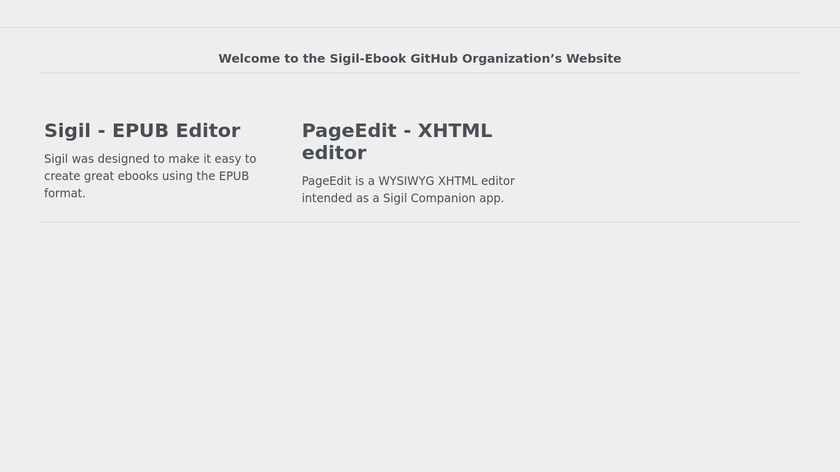
And any thoughts of wanting to author a photobook or a book with multi-media will quickly become a frustrating exercise in the ePub world. Simple things like multi column layouts or running text around irregular shapes is simply not possible. The ePub format is not such a great choice for books that are heavy on images or fancy treatment of content or want to make a statement on design. Pretty much all books you see in Google Books, Barnes&Noble, are ePub as are many in the Apple bookstore. The ePub format a great multi-platform choice and is great for books that are heavy on textual content. In other words, the ePub format offers the reader the flexibility to adjust the view to suit their own preferences. The benefit of ePub is that it allows the content to re-flow based on the orientation of the device you are using and the reader has some control over the size of the text. Also popular is the MOBI format which is what the Kindle uses (although the Amazon bookstore accepts ePub submissions and automatically takes care of conversion).
Jutoh vs calibre android#
Very popular is the ePub format which is supported on iOS and Android devices and can be viewed on a wide number of eBook reading software on Windows and Mac devices. Probably the biggest decision to make is what format in which to publish your book.

However, there are still challenges to be navigated and choices to be made regarding the process of self-publishing.
Jutoh vs calibre free#
Online bookstores such as Amazon, Apple and Barnes & Noble have opened up channels for small publishers, even individuals, to submit content and there are some low cost or even free tools available to author such content. Today, the changes to the book industry is making it easier for private individuals to take steps towards publishing a book, the first time ever in history. Our tools are used around the world automate book pagination processes for large publishers. Miles 33 has been a supplier to the book industry since the 80s. Fixed a crash when accidentally linking to a non-book-section document.Like newspapers, the book industry is undergoing a transition thanks to the widespread adoption of smartphone and tablet devices which have significantly changed the way people read content.Now clears the timing set data when switching between documents in the book section properties dialog.Added a warning if there is an output file name clash with ODT and other formats in different configurations, and not just Epub and Mobi.Fixed a bug when finding custom messages using regular expressions, added identifying text to custom messages when compiling, and fixed a bug handling custom message exceptions.Fixed a bug generating spurious SMIL paragraph references with identifiers for paragraphs that are removed due to a lack of content.Removed xml:lang attribute from smil tag to pass EpubCheck. Fixed a file name error when generating SMIL files, and also ensured there are fragment identifiers in seq objects.Added the ability to override the default book language in the section properties via the Language advanced property.


Improved DOCX import of pictures and groups some image rotations are now applied.Fixed a crash when a link's target document does not exist.Fixed a crash when moving a group of documents down using the Document | Move Document | Down button.The native version will return a consistent colour, but the swatch shown in the dialog may not be visually consistent with colours in the application. You can change back to the native one by clearing the advanced option "Use generic colour selector". On Mac, the colour selection dialog has been replaced with a generic version to work around an inconsistency with the way the colour dialog showed and returned colours.Fixed a bug whereby renaming a string table didn't register after closing the Project Properties or Preferences dialog.


 0 kommentar(er)
0 kommentar(er)
